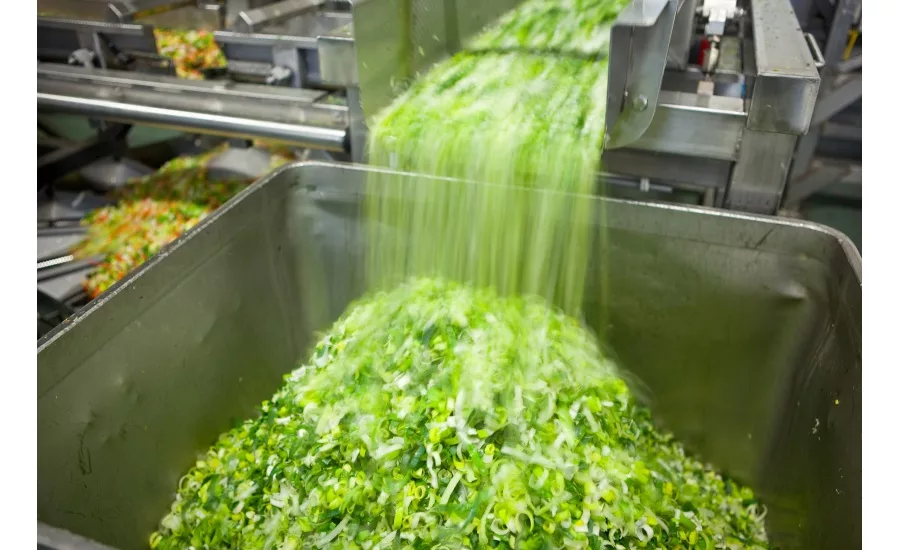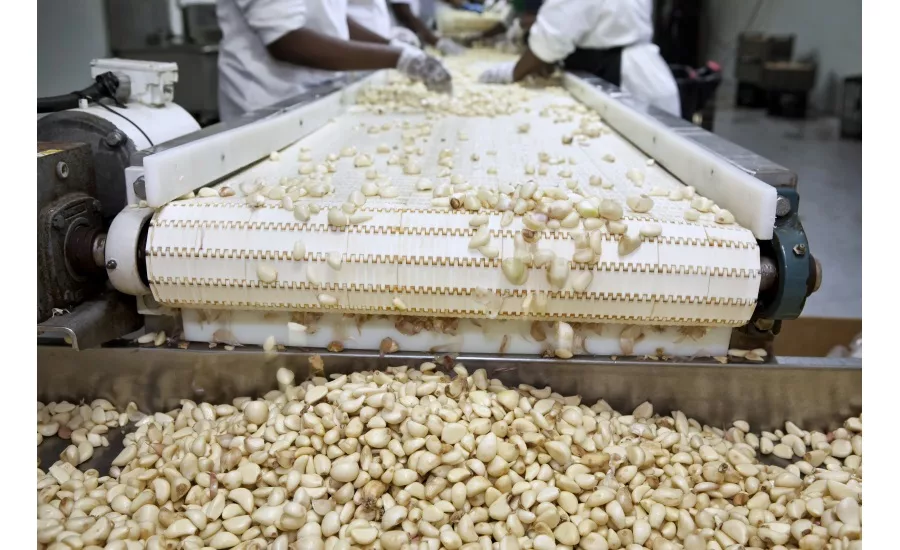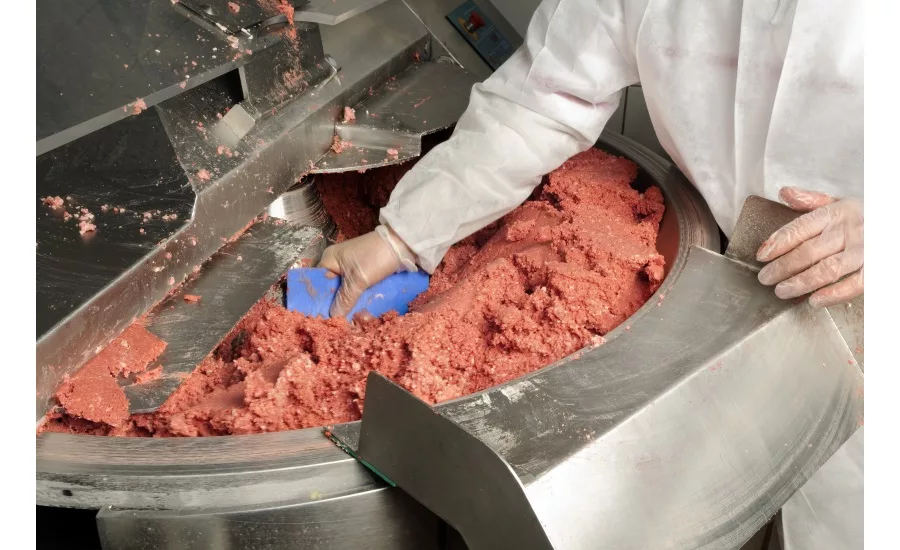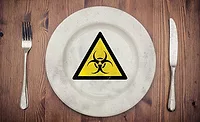Controlling allergens across the food chain





Allergens are always worrisome for producers, and even more so for consumers—if one accidentally consumes something, there’s always the possibility of a severe allergic reaction.
“The first step in controlling allergens is to know which allergens are contained within the ingredients that will be used in the development of the product,” says Bonnie Biegel, director, quality assurance, Americas, AIB International, Manhattan, KS.
“The supplier may handle additional allergens and will need to have allergen control policies and procedures to prevent cross contact and undeclared allergens in the materials that you are purchasing from them. Consideration should also be given to the allergens already being used in the manufacture of current products to capitalize on existing allergen control procedures and production scheduling,” she adds.
“When a new allergen must be introduced in product development, consideration should be given to the type of allergen being introduced and how difficult that the allergen residue will be to remove from the line. Nut residues for example, may be harder to remove because they are oily and would require a detergent in additional to more robust mechanical cleaning to effectively remove product residues,” Biegel explains.
There are certain areas in production where environmental exposure to allergens can cause problems for manufacturers. However, manufacturers can take steps to minimize and mitigate these potential problem areas.
“An area of the facility where allergen containing materials are aerosolized, seams, where rough surfaces or other collection points or dead ends exist, rough or tack welds, or overlapping conveying systems can all be potential sources of cross contact,” states Biegel. “Other areas for consideration would be connector sleeves, breather bags, and cloth belting. Isolation or the use of extractions system to capture aerosolized materials, changing of connector sleeves and breather bags as part of allergen change over procedures and use of belting, where possible, that impervious and can be easily cleaned would be common methods of mitigating risk.”
She says that good design practices such as the elimination of rough surfaces or tack welds and elimination of overlapping conveying systems or appropriate barriers that are monitored and cleaned to prevent overflow concerns would be other common methods of mitigating risk.
Looking for quick answers on food safety topics?
Try Ask FSM, our new smart AI search tool.
Ask FSM →
Manufacturers can also take steps toward preventing allergen-related product recalls.
“The two main causes for allergen recalls are undeclared allergens on labels and allergen cross contact,” comments Biegel. “The primary reason for allergen recalls continues to be undeclared allergens on labels. There are several strategies that can be deployed to prevent undeclared allergens in products.”
Biegel says that at minimum, the following must be considered when developing an allergen control program to prevent recalls:
- Management of formulas. The formulation must match the ingredient statement placed on the package must be controlled and current
- Management of packaging materials. Packaging materials must be evaluated to ensure that allergen statements are accurate. New formulations or changes to packaging must include a review of the allergen statements for accuracy. Disposition and/or control of old or obsolete packaging materials must be in place to prevent accidental use of packaging materials that are no longer accurate. Packaging management programs should also address putting the right product in the correct packaging material.
- Management of ingredients. Verification of the allergen content of the raw materials or ingredients used at the facility. Procedures must address that new formulations or raw materials from a new supplier do not contain allergens that are not part of the current formulas and create an issue with undeclared allergens.
- Supplier approval. Ensuring that the supplier’s suppliers have an allergen control program.
- Allergen cleaning and change over procedures. Scheduling of production runs and cleaning to prevent allergen cross contact. This may include testing to verify removal of allergen containing residues.
- Equipment design and cleanability. Product contact surfaces must be designed and installed so that they can be cleaned and maintained to prevent allergen cross contact.
- Employees. Employees must be trained and understand the importance of site’s allergen control program and how it enhances the food safety of the products produced at the site.
When these procedures are followed, there is a lesser chance of allergen-related product recalls, and a safer environment for both workers and consumers, too.








